I'd like to remove a layer (in this case the results of geom_ribbon) from a ggplot2 created grid object. Is there a way I can remove it once it's already part of the object?
library(ggplot2)
dat <- data.frame(x=1:3, y=1:3, ymin=0:2, ymax=2:4)
p <- ggplot(dat, aes(x=x, y=y)) + geom_ribbon(aes(ymin=ymin, ymax=ymax), alpha=0.3)
+ geom_line()
# This has the geom_ribbon
p
# This overlays another ribbon on top
p + geom_ribbon(aes(ymin=ymin, ymax=ymax, fill=NA))
I'd like this functionality to allow me to build more complicated plots on top of less complicated ones. I am using functions that return a grid object and then printing out the final plot once it is fully assembled. The base plot has a single line with a corresponding error bar (geom_ribbon) surrounding it. The more complicated plot will have several lines and the multiple overlapping geom_ribbon objects are distracting. I'd like to remove them from the plots with multiple lines. Additionally, I'll be able to quickly create alternative versions using facets or other ggplot2 functionality.
Edit: Accepting @mnel's answer as it works. Now I need to determine how to dynamically access the geom_ribbon layer, which is captured in the SO question here.
Edit 2: For completeness, this is the function I created to solve this problem:
remove_geom <- function(ggplot2_object, geom_type) {
layers <- lapply(ggplot2_object$layers, function(x) if(x$geom$objname == geom_type) NULL else x)
layers <- layers[!sapply(layers, is.null)]
ggplot2_object$layers <- layers
ggplot2_object
}
Edit 3: See the accepted answer below for the latest versions of ggplot (>=2.x.y)
